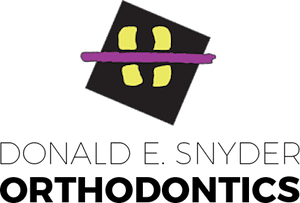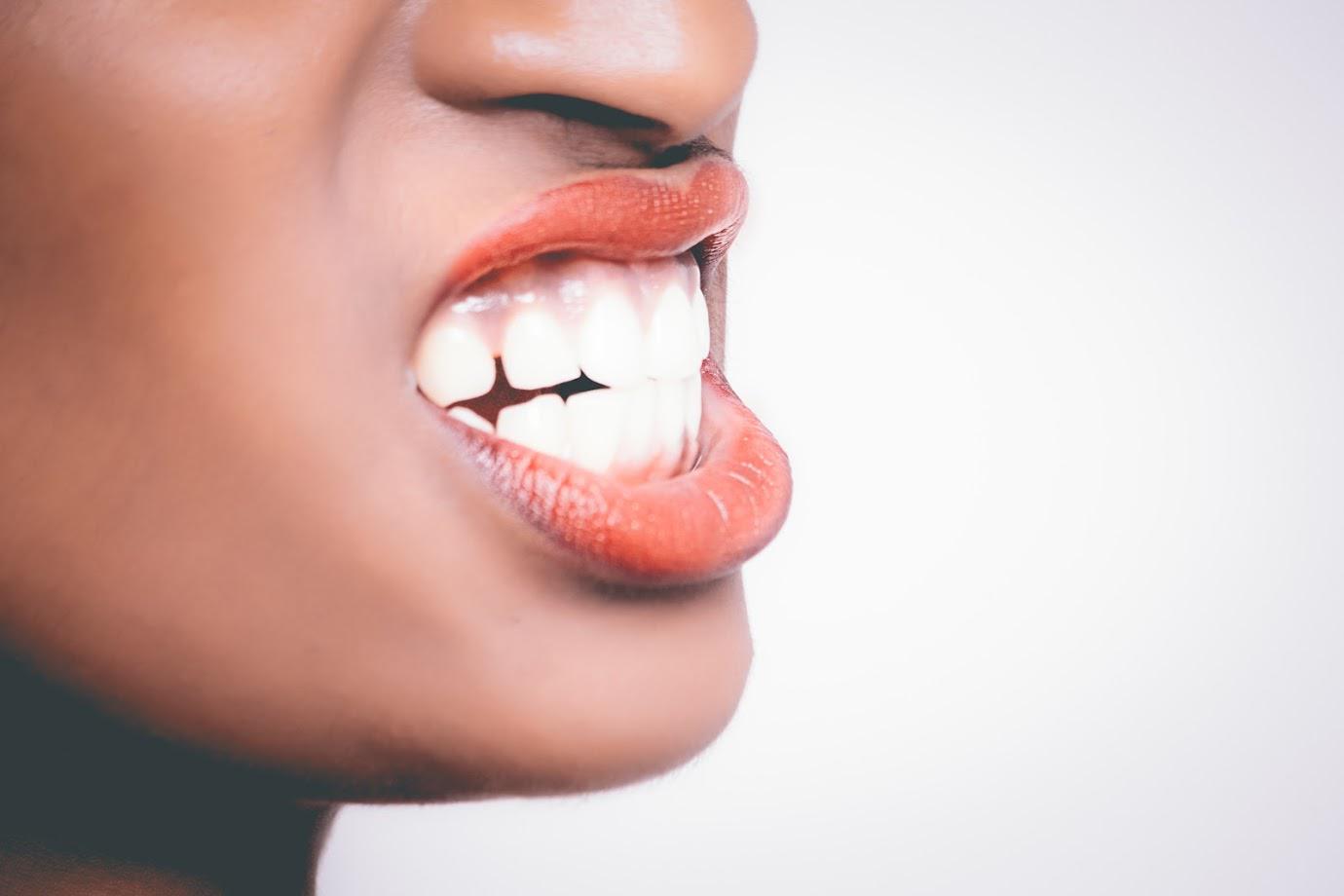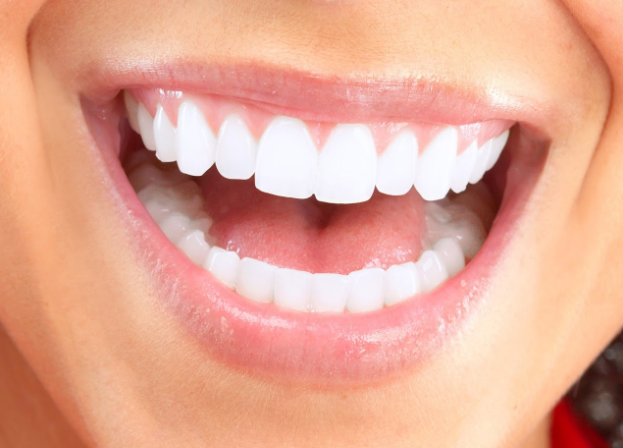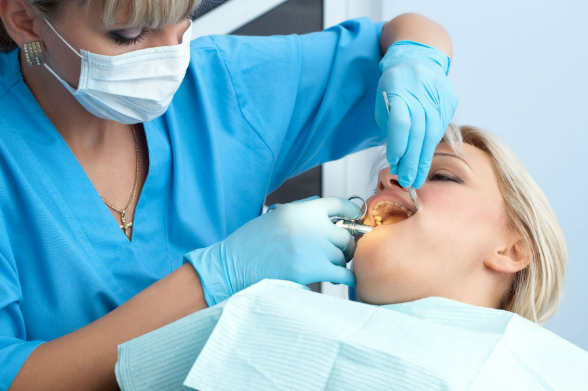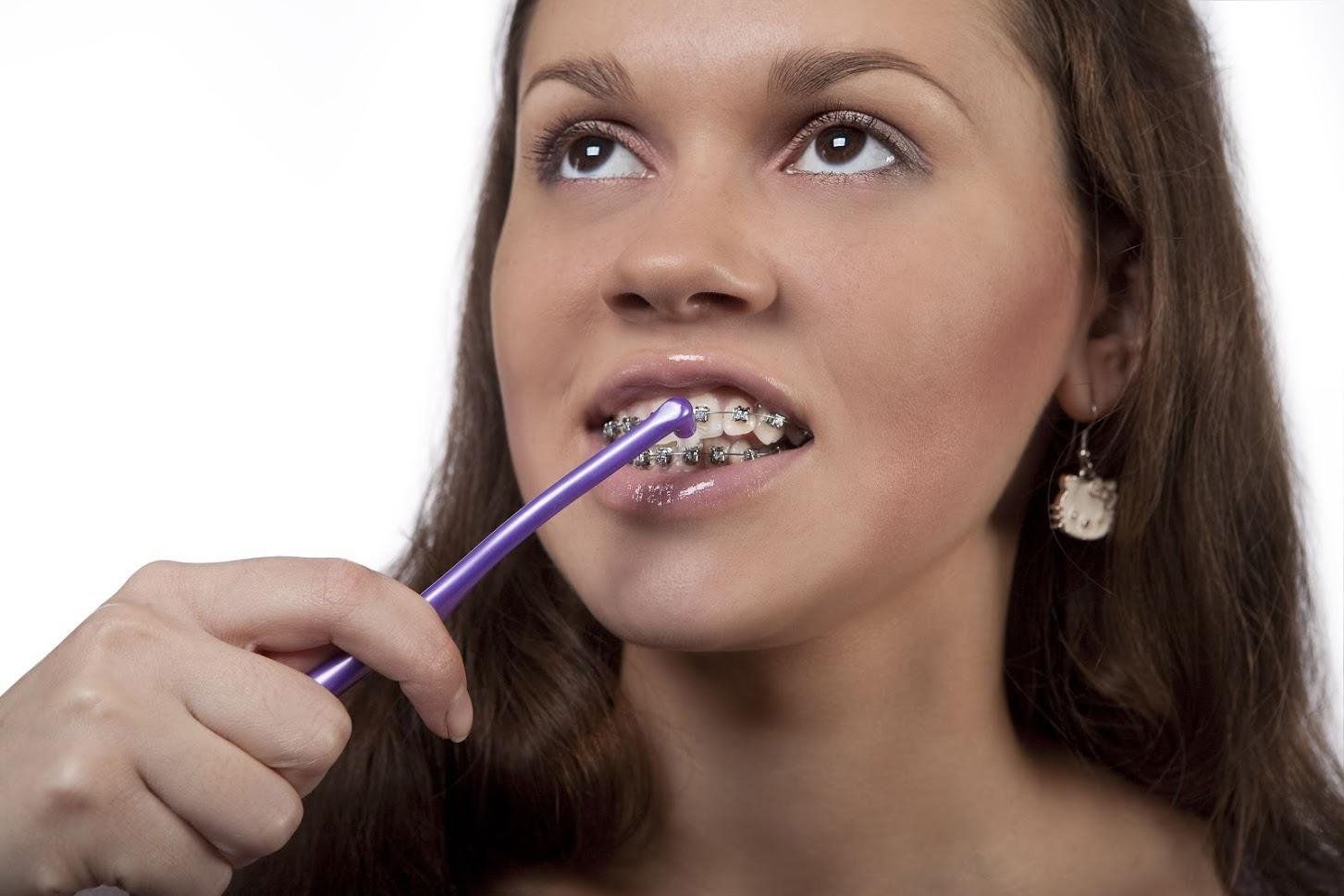GET THE SMILE OF YOUR DREAMS
Specialist in Orthodontics in Fresno, CA
Traditional Braces Vs. Clear Aligners: Which Should You Choose?
- By Admin
- •
- 26 Feb, 2020
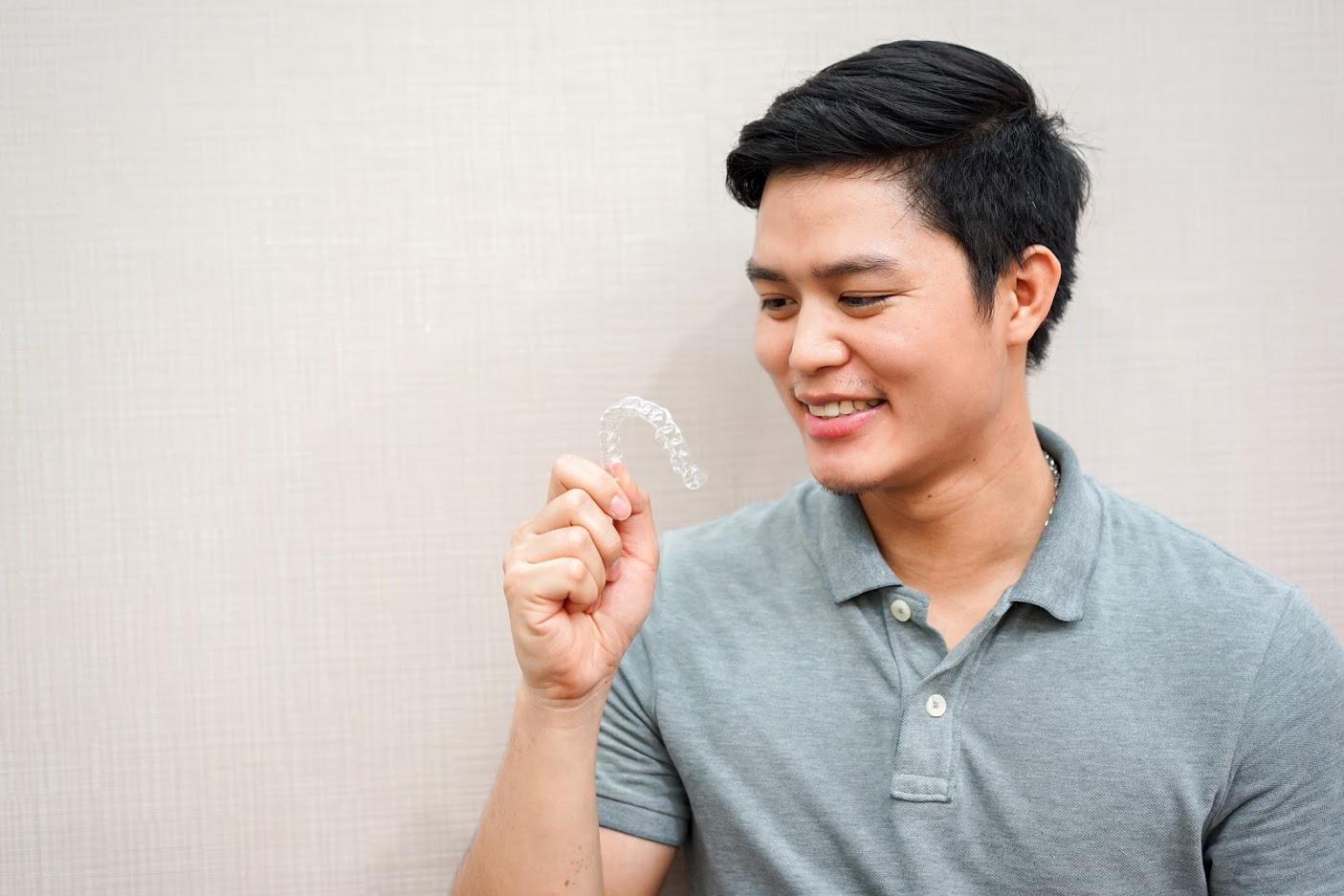
Traditional braces and removable clear aligners, such as Invisalign, both offer options suitable for patients with a variety of orthodontic problems. While some patients can achieve their desired outcomes with either braces or clear aligners, others have issues best suited to one type of treatment or the other.
Visit your orthodontist for a thorough diagnosis before you decide which option is best for you.
Overview of Treatments
Traditional metal braces can treat a wide variety of orthodontic problems related to the position and alignment of the teeth. Orthodontists attach traditional metal braces, which are made of metal brackets and wires that are secured with rubber bands, to the teeth with a special cement that hardens under a light.
The wires apply pressure to the brackets, which helps slowly shift the patient's teeth into the desired position. Patients who have traditional braces wear them for varying lengths of time — usually between six months and two years, and they're a good option for most patients, even those who have major orthodontic concerns, such as severe overcrowding.
Clear aligners apply pressure to the teeth in the form of a removable tray molded to fit the patient's teeth. Aligner trays are typically only about 1 millimeter or less in thickness, and adults typically finish the entire treatment course in about a year.
Patients with severe orthodontic issues typically aren't good candidates for clear aligners since they're not strong enough to correct many serious issues.
Overview of Benefits
Both traditional braces and clear aligners have some benefits of drawbacks.
Appearance
One of the biggest differences between traditional braces and clear aligners is the appearance of the treatment devices. Some orthodontists offer traditional braces in a variety of colors, and patients can choose the color of their rubber bands when their orthodontist changes the bands.
Some patients are able to get smaller braces that attach to the back of the teeth to make the metal brackets and wires less noticeable.
Clear aligners can be virtually invisible on the teeth due to their thinness and completely transparent material. People who need orthodontic treatment often prefer to draw as little attention to their devices as possible.
Comfort
In terms of comfort, most patients tolerate both traditional braces and aligners very well. Some patients who have braces experience mild discomfort when they first get them and for a short time after their dentist adjusts them, which typically happens every three to ten weeks.
Patients who opt for clear aligners use new aligner trays as their treatment progresses. Most patients change trays about every two weeks, though some change as frequently as every five to seven days. Patients may experience some mild discomfort when they start using a new aligner because it’s tighter on the teeth.
Lifestyle Accommodation
One of the biggest points to consider when you choose between traditional braces and aligner trays is what will best fit your lifestyle. You can't remove metal braces, so they're a good choice for people who might have trouble keeping track of their aligner trays.
Hard or sticky foods aren't recommended for people with braces, and dental hygiene can be more intensive with braces as well. Patients must learn to brush and floss thoroughly around the brackets and wires to keep their teeth and gums healthy until the braces come off.
Young children can get braces before all of their permanent teeth come in, which helps correct issues before they get too old.
Clear aligners allow patients to eat as they please since they must remove the trays before eating, drinking, and brushing their teeth. The aligners must be worn for a minimum of 20 hours per day to be effective, and many orthodontists recommend patients wear them for 22 to 23 hours each day.
Clear aligners are generally not a good choice for patients who might have trouble remembering to put them back in immediately after eating or brushing. Aligners make dental hygiene during treatment easier, however, since they don't stay in the mouth.
Donald E. Snyder Orthodontics offers orthodontics in the greater Fresno and Clovis, California areas. Contact us today to schedule a free orthodontic consultation visit if you're considering braces or aligner trays to improve your smile.
